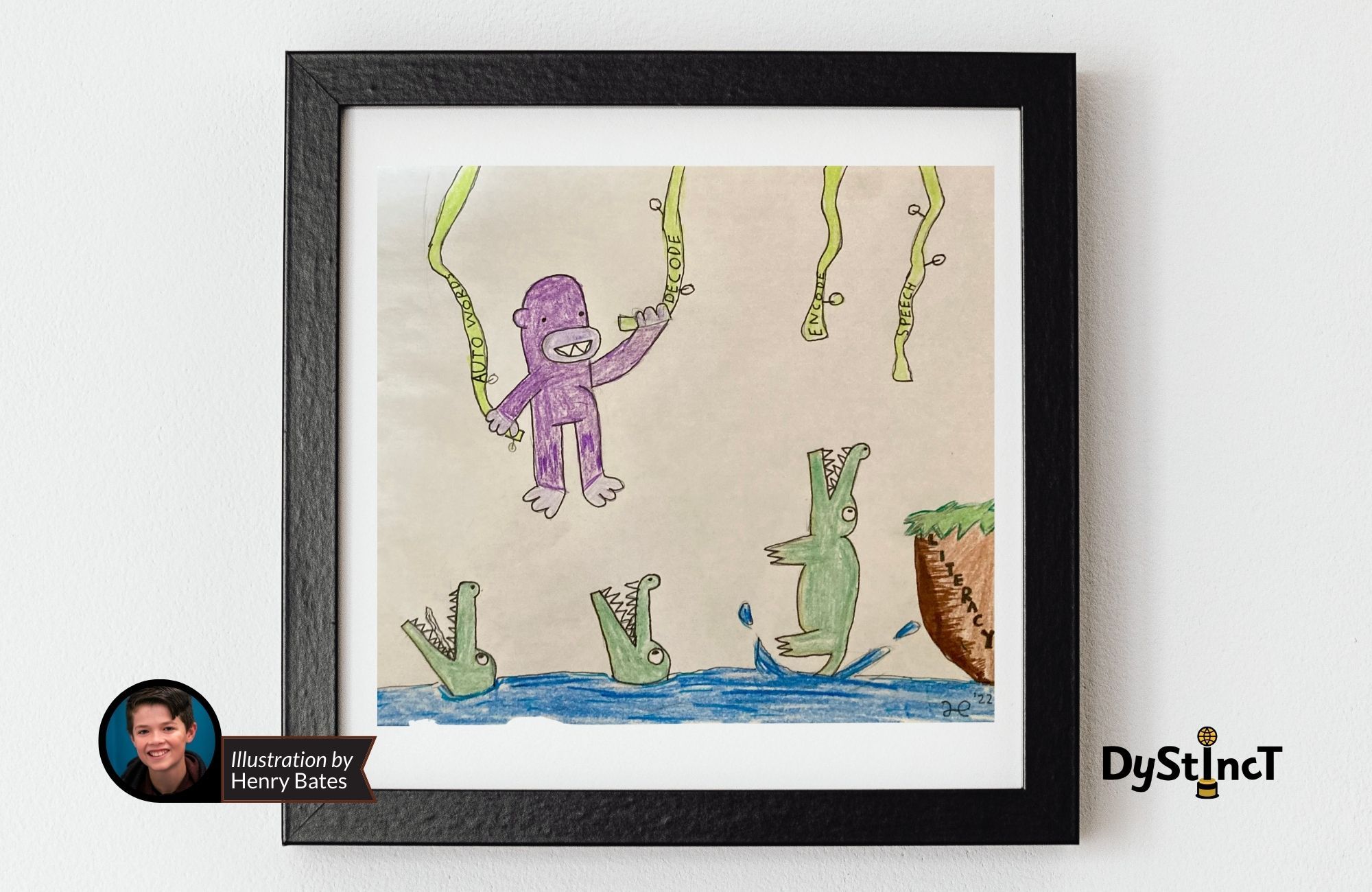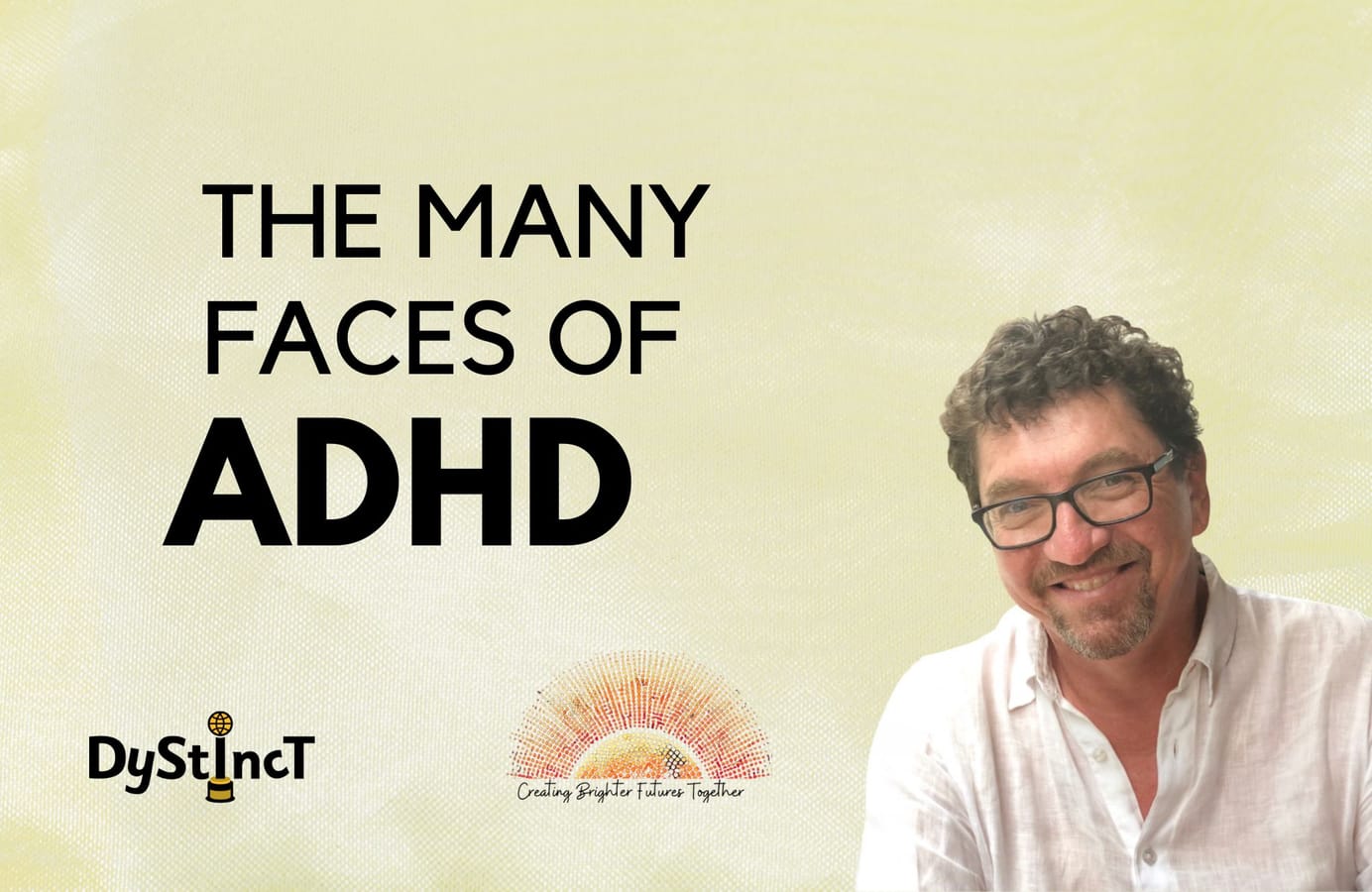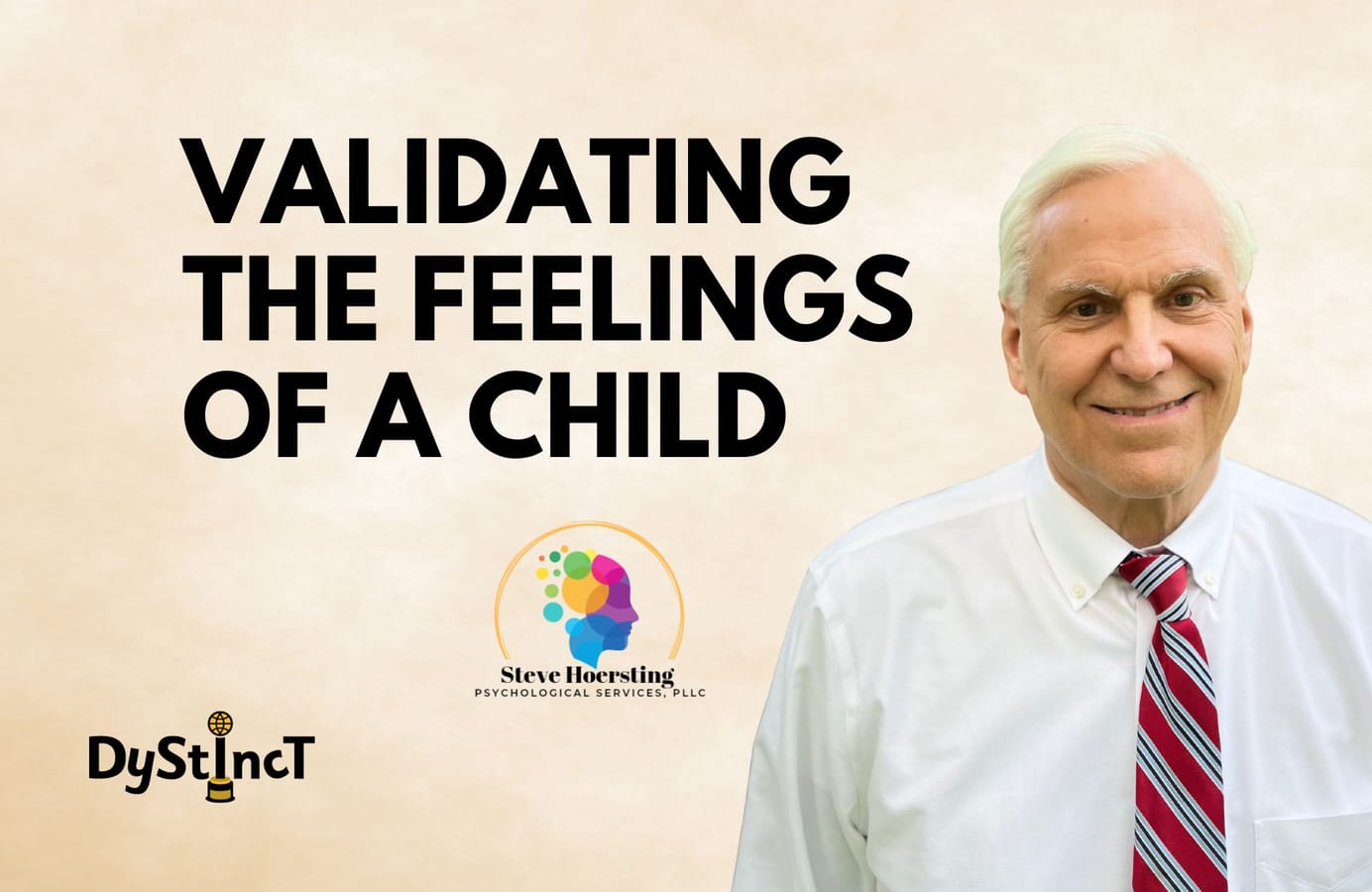
Issue 13: Tips for the best start on the road to literacy | Dr Jeannine Herron
Dr Jeannine Herron discusses the need for children to develop the ability to use the alphabet code independently and provides pointers on how parents and educators can help them establish automatic encoding and decoding skills.
TAKE THE GUESSING OUT OF READING
Trying to learn to read with just your eyes and your ears is like trying to drive a car without a motor. Speech is the motor. Its basic wiring is packaged with the brain when it is delivered. Oral language and vocabulary are critical foundations of literacy. However, the speech motor needs to be upgraded with new gears when the brain is challenged to learn to read.

Instant word recognition is not achieved by memorizing the visual appearance of words. There is a different route that connects reading with what the brain already knows about words in the vast networks of SPEECH. Essential brain pathways for instant word recognition are not developed by teaching children to memorize sight words and to rely on pictures and guessing to read. Memorizing the words that go with the pictures in a book may look like reading, but it is not reading. Children need to develop the ability to use the alphabet code ON THEIR OWN – to de-code and en-code new words INDEPENDENTLY. Then they won't have to depend on someone else to read or spell a word for them.
Memorizing the words that go with the pictures in a book may look like reading, but it is not reading.
The alphabet was invented to make spoken words visible - to go from speech-to-print.
This post is for paying subscribers only
SubscribeAlready have an account? Log in


